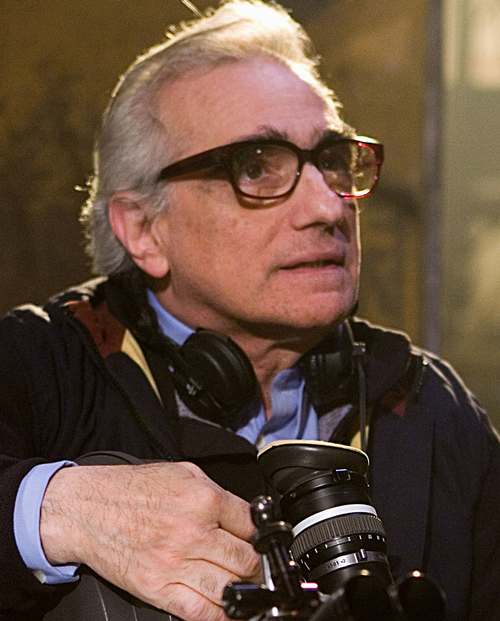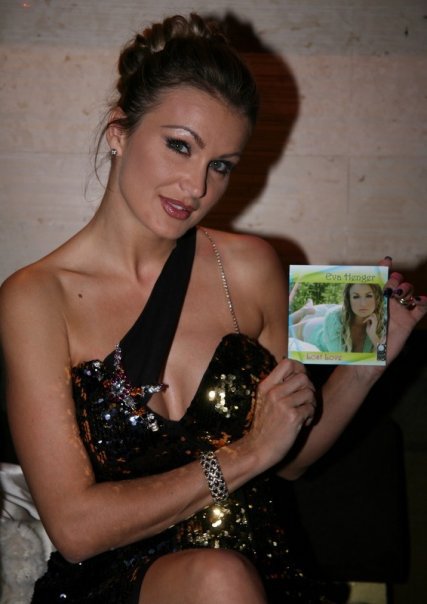| Fecha | Área | Bruto |
|---|---|---|
| 28 October 2016 | USA | USD 77,812,000 |
| 13 April 2003 | USA | USD 77,679,638 |
| 6 April 2003 | USA | USD 77,605,296 |
| 30 March 2003 | USA | USD 77,454,139 |
| 23 March 2003 | USA | USD 77,021,614 |
| 16 March 2003 | USA | USD 76,240,821 |
| 9 March 2003 | USA | USD 75,496,504 |
| 2 March 2003 | USA | USD 74,621,519 |
| 23 February 2003 | USA | USD 73,616,351 |
| 16 February 2003 | USA | USD 72,440,262 |
| 9 February 2003 | USA | USD 70,047,275 |
| 2 February 2003 | USA | USD 68,764,382 |
| 26 January 2003 | USA | USD 65,377,894 |
| 19 January 2003 | USA | USD 61,399,206 |
| 12 January 2003 | USA | USD 54,925,876 |
| 5 January 2003 | USA | USD 47,082,059 |
| 29 December 2002 | USA | USD 29,873,147 |
| 22 December 2002 | USA | USD 9,496,870 |
| USA | USD 77,812,000 | |
| 16 February 2003 | UK | GBP 10,134,140 |
| 9 February 2003 | UK | GBP 9,780,851 |
| 2 February 2003 | UK | GBP 9,120,028 |
| 26 January 2003 | UK | GBP 7,869,425 |
| 19 January 2003 | UK | GBP 5,867,591 |
| 12 January 2003 | UK | GBP 2,622,748 |
| 16 March 2003 | Worldwide | USD 103,500,000 |
| 9 March 2003 | Worldwide | USD 97,000,000 |
| 2 March 2003 | Worldwide | USD 92,600,000 |
| 2 February 2003 | Worldwide | USD 62,300,000 |
| 28 October 2016 | worldwide | USD 193,772,504 |
| Non-USA | USD 115,960,504 | |
| 13 May 2003 | Argentina | ARS 2,136,422 |
| 6 May 2003 | Argentina | ARS 2,103,396 |
| 29 April 2003 | Argentina | ARS 2,063,827 |
| 22 April 2003 | Argentina | ARS 2,012,482 |
| 15 April 2003 | Argentina | ARS 1,904,072 |
| 8 April 2003 | Argentina | ARS 1,835,830 |
| 1 April 2003 | Argentina | ARS 1,750,226 |
| 25 March 2003 | Argentina | ARS 1,580,495 |
| 18 March 2003 | Argentina | ARS 1,489,467 |
| 11 March 2003 | Argentina | ARS 1,367,109 |
| 4 March 2003 | Argentina | ARS 1,188,759 |
| 25 February 2003 | Argentina | ARS 978,440 |
| 18 February 2003 | Argentina | ARS 723,632 |
| 11 February 2003 | Argentina | ARS 373,274 |
| 4 February 2003 | France | USD 11,919,083 |
| 28 January 2003 | France | USD 10,719,119 |
| 21 January 2003 | France | USD 8,709,849 |
| 14 January 2003 | France | USD 4,521,270 |
| 2 March 2003 | Italy | EUR 7,444,692 |
| 23 February 2003 | Italy | EUR 7,344,470 |
| 16 February 2003 | Italy | EUR 7,078,394 |
| 9 February 2003 | Italy | EUR 6,445,398 |
| 2 February 2003 | Italy | EUR 5,232,597 |
| 26 January 2003 | Italy | EUR 2,664,275 |
| 6 April 2003 | Spain | EUR 6,934,290 |
| 30 March 2003 | Spain | EUR 6,717,509 |
| 23 March 2003 | Spain | EUR 6,208,602 |
| 16 March 2003 | Spain | EUR 5,225,517 |
| 9 March 2003 | Spain | EUR 4,057,543 |
| 2 March 2003 | Spain | EUR 2,105,999 |
| Fecha | Área | Bruto | Pantalla |
|---|---|---|---|
| 22 December 2002 | USA | USD 9,496,870 | 1,504 |
| 12 January 2003 | UK | GBP 2,622,748 | 385 |
| 11 February 2003 | Argentina | ARS 373,274 | 21 |
| 21 February 2003 | Australia | USD 795,811 | 269 |
| 21 February 2003 | Austria | USD 205,116 | |
| 10 January 2003 | Belgium | USD 518,554 | |
| 7 February 2003 | Brazil | USD 588,409 | 198 |
| 10 January 2003 | Europe | USD 9,676,608 | 1260 |
| 21 February 2003 | Finland | USD 58,548 | |
| 10 January 2003 | France | USD 4,760,204 | |
| 21 February 2003 | Germany | USD 1,615,207 | |
| 14 March 2003 | Hong Kong | USD 227,236 | 18 |
| 21 February 2003 | Iceland | USD 20,431 | |
| 26 January 2003 | Italy | EUR 2,664,275 | 498 |
| 20 December 2002 | Japan | USD 1,049,746 | 67 |
| 24 January 2003 | Netherlands | USD 404,651 | |
| 17 January 2003 | Norway | USD 191,161 | |
| 2 March 2003 | Spain | EUR 2,088,636 | 282 |
| 17 January 2003 | Sweden | USD 338,715 | |
| 10 January 2003 | Switzerland | USD 190,683 |
| Fecha | Área | Bruto | Pantalla |
|---|---|---|---|
| 13 April 2003 | USA | USD 41,080 | 75 |
| 6 April 2003 | USA | USD 75,177 | 97 |
| 30 March 2003 | USA | USD 204,731 | 167 |
| 23 March 2003 | USA | USD 566,576 | 567 |
| 16 March 2003 | USA | USD 495,356 | 278 |
| 9 March 2003 | USA | USD 518,916 | 378 |
| 2 March 2003 | USA | USD 696,852 | 725 |
| 23 February 2003 | USA | USD 674,069 | 660 |
| 16 February 2003 | USA | USD 1,984,766 | 1,503 |
| 9 February 2003 | USA | USD 862,373 | 891 |
| 2 February 2003 | USA | USD 2,210,773 | 1,485 |
| 26 January 2003 | USA | USD 2,764,424 | 1,905 |
| 19 January 2003 | USA | USD 4,625,550 | 2,170 |
| 12 January 2003 | USA | USD 4,829,938 | 2,340 |
| 5 January 2003 | USA | USD 7,327,177 | 2,305 |
| 29 December 2002 | USA | USD 10,948,803 | 2,190 |
| 22 December 2002 | USA | USD 9,496,870 | 1,504 |
| 16 February 2003 | UK | GBP 157,952 | 138 |
| 9 February 2003 | UK | GBP 339,906 | 268 |
| 2 February 2003 | UK | GBP 675,887 | 340 |
| 26 January 2003 | UK | GBP 1,108,919 | 374 |
| 19 January 2003 | UK | GBP 1,701,779 | 385 |
| 12 January 2003 | UK | GBP 2,622,748 | 385 |
| 13 May 2003 | Argentina | ARS 33,026 | 21 |
| 6 May 2003 | Argentina | ARS 39,569 | 22 |
| 29 April 2003 | Argentina | ARS 51,345 | 22 |
| 22 April 2003 | Argentina | ARS 72,410 | 22 |
| 15 April 2003 | Argentina | ARS 68,242 | 24 |
| 8 April 2003 | Argentina | ARS 85,604 | 27 |
| 1 April 2003 | Argentina | ARS 169,731 | 27 |
| 25 March 2003 | Argentina | ARS 91,028 | 27 |
| 18 March 2003 | Argentina | ARS 122,358 | 26 |
| 11 March 2003 | Argentina | ARS 178,350 | 25 |
| 4 March 2003 | Argentina | ARS 210,319 | 24 |
| 25 February 2003 | Argentina | ARS 254,808 | 19 |
| 18 February 2003 | Argentina | ARS 350,358 | 21 |
| 11 February 2003 | Argentina | ARS 373,274 | 21 |
| 2 March 2003 | Italy | EUR 50,407 | 28 |
| 23 February 2003 | Italy | EUR 169,436 | 84 |
| 16 February 2003 | Italy | EUR 374,388 | 129 |
| 9 February 2003 | Italy | EUR 768,572 | 273 |
| 2 February 2003 | Italy | EUR 1,601,707 | 480 |
| 6 April 2003 | Spain | EUR 134,750 | 146 |
| 30 March 2003 | Spain | EUR 357,661 | 252 |
| 23 March 2003 | Spain | EUR 632,843 | 283 |
| 16 March 2003 | Spain | EUR 870,126 | 283 |
| 9 March 2003 | Spain | EUR 1,193,647 | 286 |
| 2 March 2003 | Spain | EUR 2,088,636 | 282 |
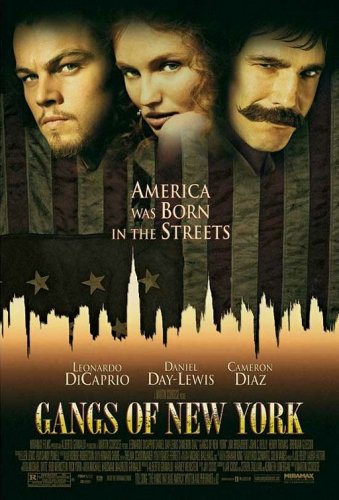

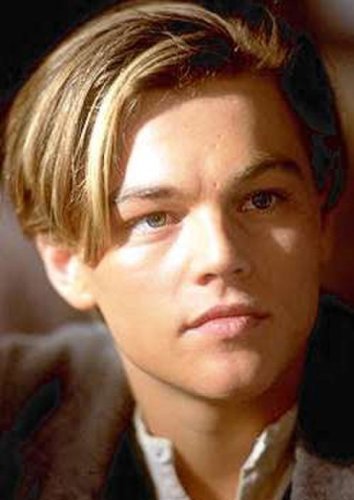

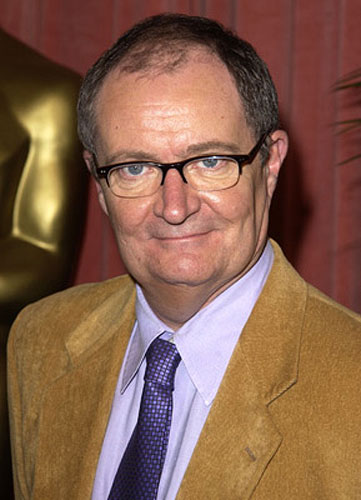








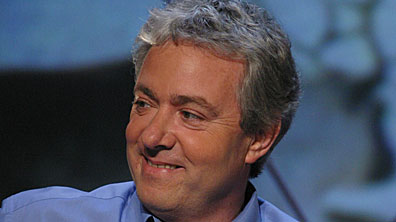
_by_Erling_Mandelmann.jpg)



